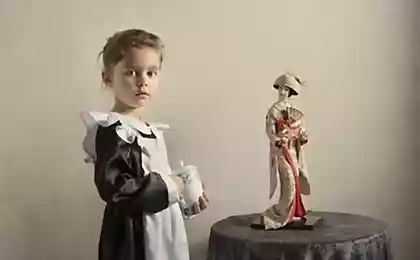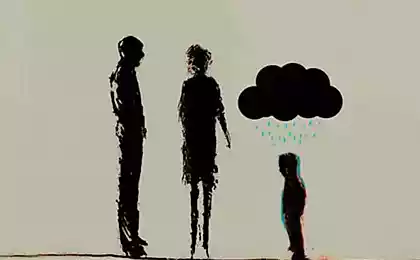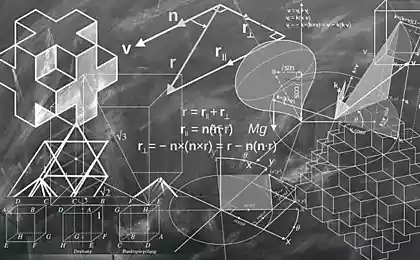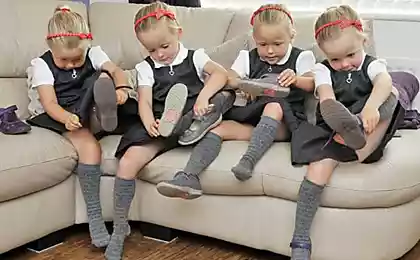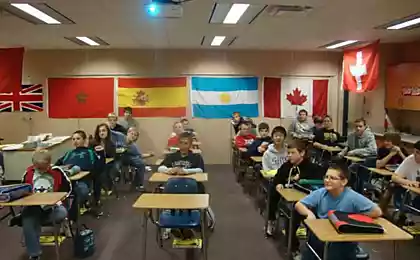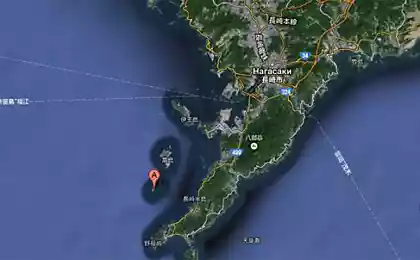794
Few details about the Japanese school
Ralphmirebs blogger writes on his blog: Japanese school - is not only a Japanese schoolgirl, but also the school curriculum and extracurricular life of students, known mostly for the Russian-speaking population of anime and manga. Animeshniki familiar with the many realities of the Japanese school of reality, such as school festivals, as president of the student council, and the council itself, school trips, but more names, often it's not going away. Trying to fill this gap, a hot autumn day, I went to the school festival in the Japanese school to communicate with students and learn about everything.
34 photos
1. For those who are not really the topic of Japanese schools need some introduction. In Japan, there are three types of schools - elementary school, middle school and high school. In elementary schools, learn the six years since the seven in the middle and older by three years. Thus, a complete school course is 12 years old, not 11 as in Russia. Moreover, if Russian students from the first to the last class are in the same building, that in Japan the younger, middle and high school are different institutions, though sometimes the middle and senior combined.
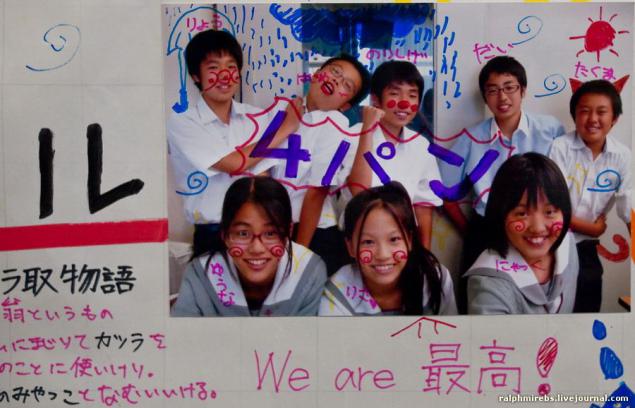
2. The obligatory one is a junior and middle - in older are only those who are going to do in the future in High Schools, all high schools paid. So as schools are divided into municipal and private. Private expensive but richer. The school where I went, there was a school (middle and senior) Japanese universities - already familiar to me because last year I was already there. At first I wanted to go directly to the members of the student council, but they looked very busy, doing the distribution of pamphlets at the entrance, so that the choice fell on two students the first year of high school, sitting peacefully in front of the the class-Pirate maze. Several school interiors.

3.

4.
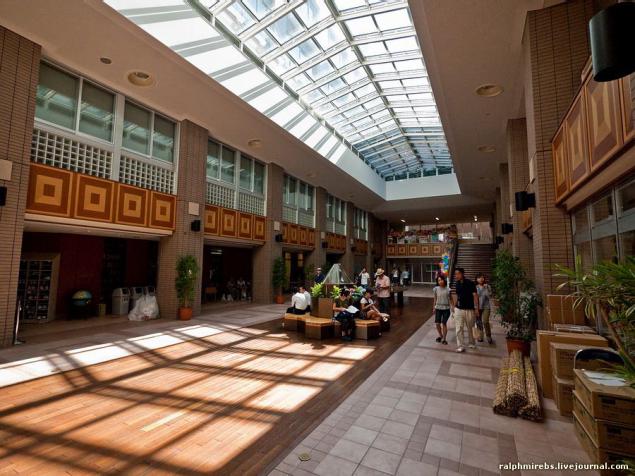
5. With younger students, I did not talk because of their absence, but the main difference from the average elementary school are:
- In elementary schools, day 3-4 lesson.
- In elementary schools do not have school uniforms, the students go to everyday clothes.
- In elementary schools often do not have air conditioning.
- In elementary schools, in recent times, refuse to isolated rooms, ie rooms do not have walls and are open to the corridor. The reason for such a decision to reduce the number of cases of bullying among students, because they will always be in full view of others.
But back to the middle and high school. The photo below shows a girl with whom I spoke - Naomi Mizuki Tanaka and Kobayashi, and that's what they told me.
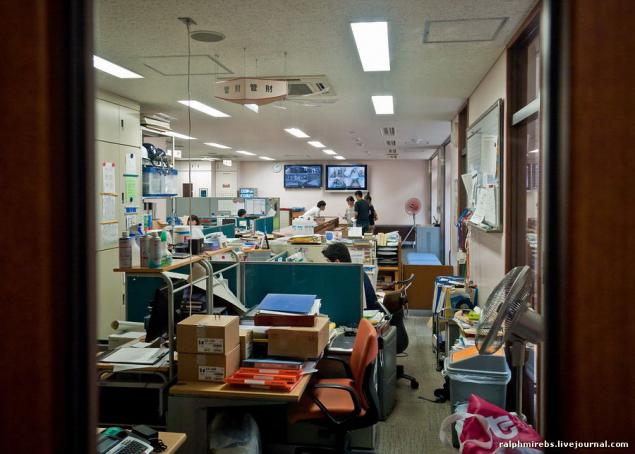
6.
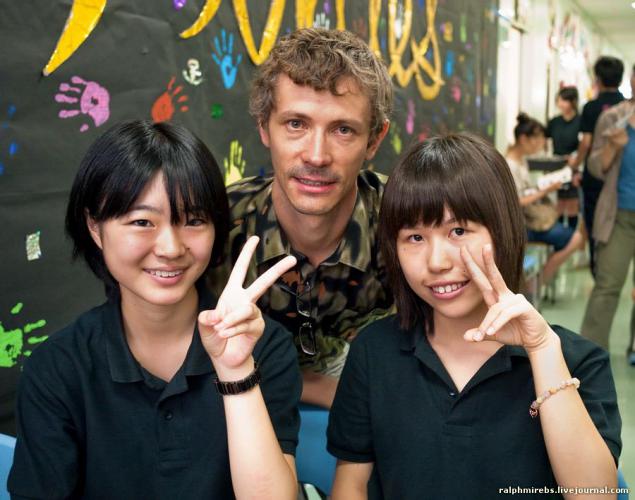
7.
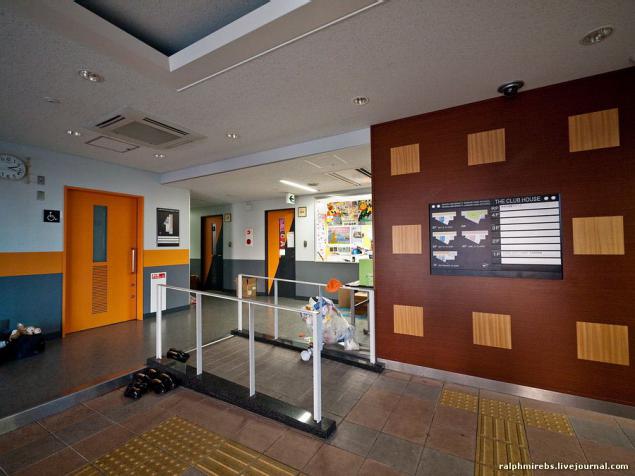
8.
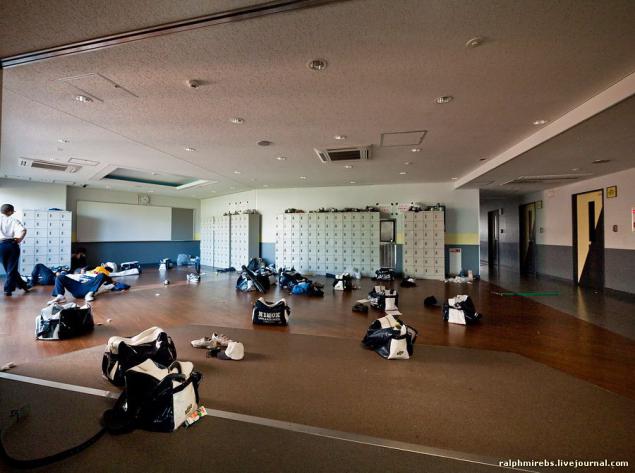
9.

10. Artistic circles are not less diverse - music of different styles, robotic, calligraphy, manga, Guo, Chemistry, Biology, ikebana, computer ... I walked around the office in which students presented their work - quite impressive. Here is an example result of the work of manga mug.

11.

12. Among the various schools of the same circles as sports and art competitions are often held.
During the holidays, the school does not forget about his disciples and to carry out various tours around the country and abroad. Type of trip depends on the class. For example, the first years of high school in July, travel to Nagano, where they spend time with the students of the local school Rinkai. And it's not just otdyhalovka, they learn different crafts - such as weaving baskets, or produce a fan. Students of the second year floating on the lake in a canoe. Tretegodki travel to Kyoto, Nara, or even in New Zealand to practice English, but here is not everything, but only those who express a desire).
After returning from these excursions, each student is required to draw a beautiful wall newspaper with a report about the holiday held that in September will be on display for everyone to see. We can assume this task ihnim to school theme for the festival competitions satisfied only seniors. Here is an example of such newspapers and many photos from a holiday made by the school photographer. Each picture has a number and you can order your photographs. And among the wall newspapers a vote among the audience.

13

14
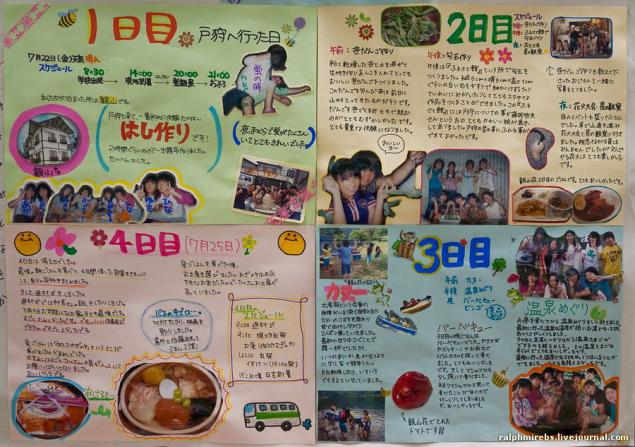
15
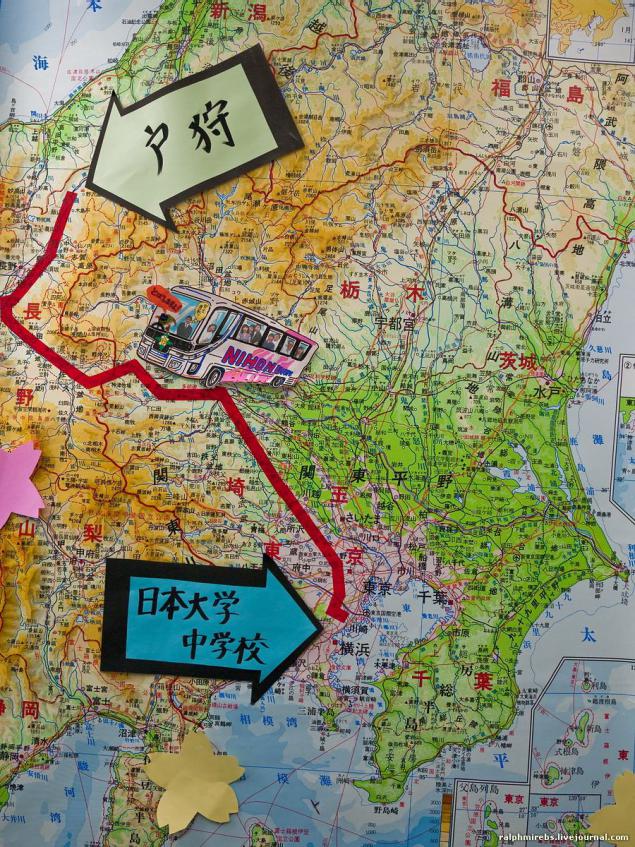
16
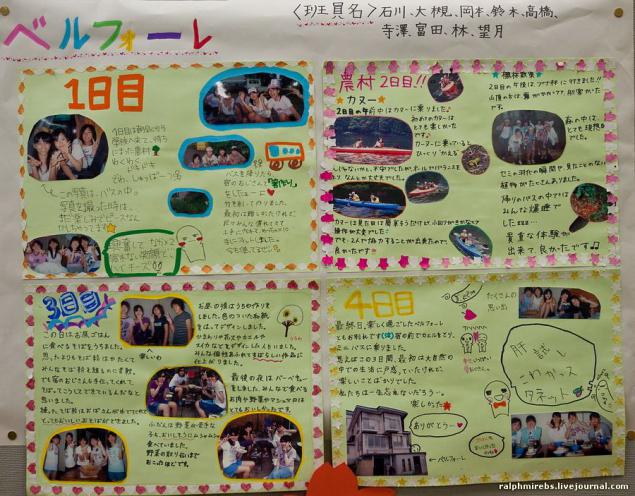
17
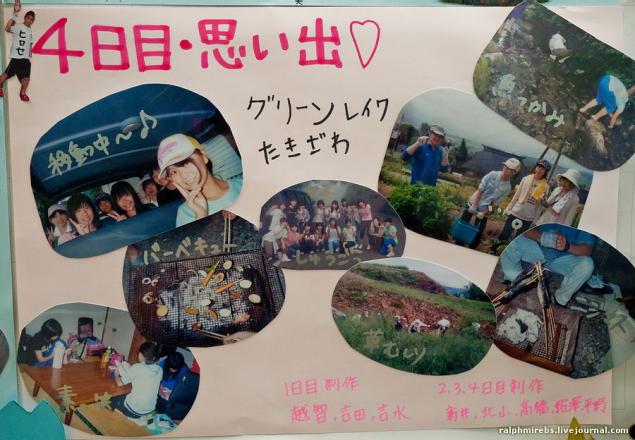
18

19

20
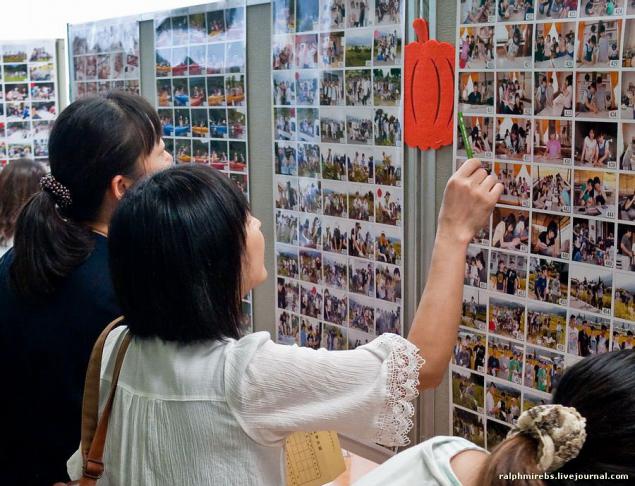
21
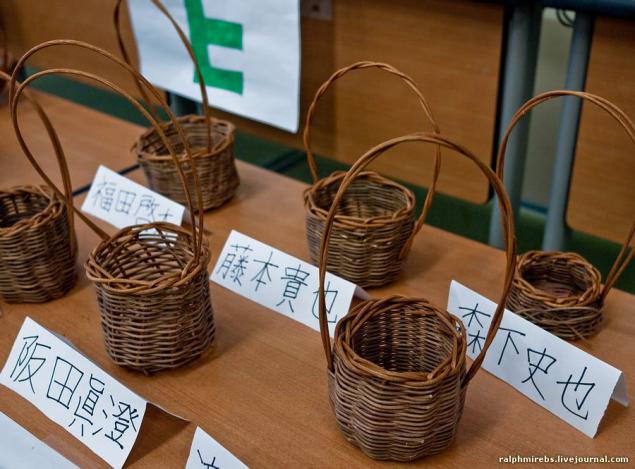
22. High school students as the same ride on school trips, particularly to Australia in December for all summer and into Canada to make progress in English. So is there a tour in April in Japan. Of course, such trips could only afford a rich private school with a high price to pay for his studies. For example, in the illustrated embodiment, the entrance fee is 230,000 yen, and payment for the direct training 441,000 yen a year. In addition, 165,000 goes to the maintenance / purchase of educational equipment and materials for 33,600 books, 22,500 for the library, and so forth. Incidentals. As a result, the first year of training costs about 900,000 yen.
One of the highlights is the extracurricular life of the festival in September, when the school doors open to all comers. In fact this festival is advertising the school, because the autumn pass the entrance exams for those who want to learn it, not the festival, you can get acquainted with all aspects of teaching and learning is life. Details of this event a year ago, I wrote here Autumn Festival in the Japanese school. Now I know that all these competitions only high school students organized the first and second years of study. For the third year in them does not take part, because it is for their graduation, students attend additional training courses and, in general, they are deep in their studies.
High school, as has been said above does not organize competitions, only the finished wall. newspaper or represents some sections and mugs. Moreover, some high schools do not conduct active gaming attractions. For example, in the women's school in Yokohama, a student preparing a musical numbers, theatrical performances and a variety of reports, abstracts of studies, a thread of topics. The results are processed in the form of several wall newspapers, hung in the classroom, and the children were told to everyone, offering to explain themselves. By the way, there schoolgirl first took me on someone's parent.
Preparation for the festival starts with the beginning of the autumn training period and takes about 3 weeks. Students of each class together and decide what they will be represented - from restaurants and room for fear, to "throw a pie in the face." Yes Yes. This year, the students class 1A (first year) organized an attraction in which 50 yen were offered to get them in the face of light paper plate filled with white cream. Well then resist the temptation? Here are the results of my "work" - all schoolgirls happy and no one was hurt.
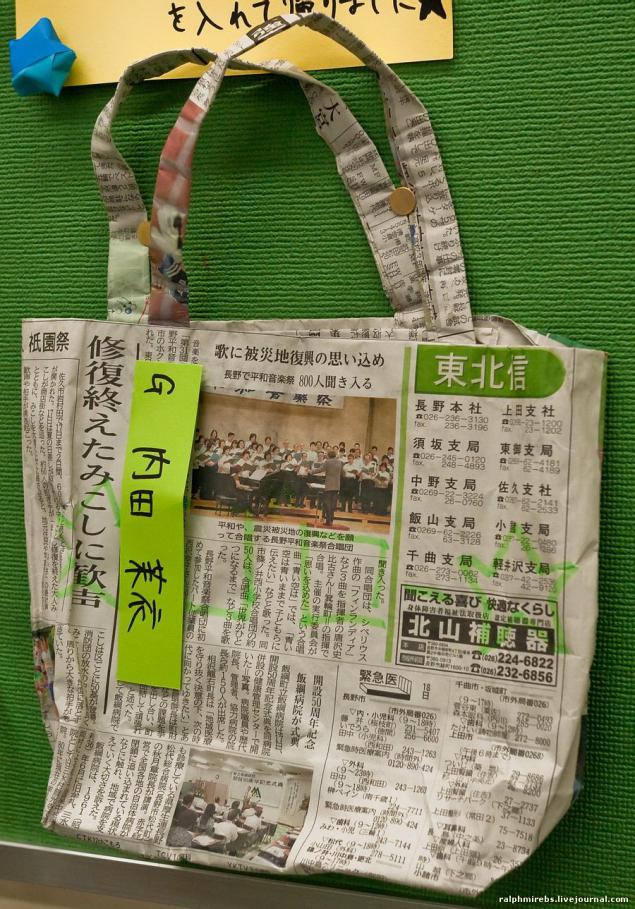
23. In the preparation of the following working groups of the structure - the chief, his deputy and officials (mixed from different classes).
- Executive Committee (chairman of the board of pupils and his deputy)
- Group general management
- Group on the exposure
- Group for the production of pamphlets, leaflets and posters.
- A group of street stalls and tents
- Party catering
- Group for the preparation of sites for performances
This year, the preparation of the festival, not counting the "field workers" engaged 46 people, and in the last 47.
The school allocates money for the organization of up to 30,000 yen per class (+ makes the T-shirts), and if you want more students to invest their own. Funds are used to purchase paints, paper, and other props. Prizes also bring from home - small toys, pens, lastki, books, jewelry, DVD ... This year, I won a lot of useful things - beautiful diary 1990 of release with drawing kittens, fur headphones on cold weather, the model of the US aircraft carrier, dinosaur Keychain and a soft pillow with a figure of dogs. The truth is all the prizes higher categories - I scored a lot of points in the competitions in shooting and guessing. )
Generally, in Japanese schools a great deal left to solve the students themselves, as they are taught to adulthood. One of the inventions of this nature is a student council - seytokay. It consists mainly of high school students, and the first and second year. Students of the third year of leaving office due to the fact that the year of graduation. So as the board consists of high school students of all years.
The council, in addition to the head and deputy head, head of the working groups are included, his deputy, and, again, the officials.
Those who wish to work in the council, put forward their candidatures, which are selected by a vote among the students throughout the school, but the head of the student council is chosen after a speech in front of students and teachers. In his speech, the candidates have to show why they want to become the head of what they would do took office.
I believe that the role of the student council, we stopped in a next time and maybe touch on some aspects of the educational process, and until, finally some photos from this year's festival.
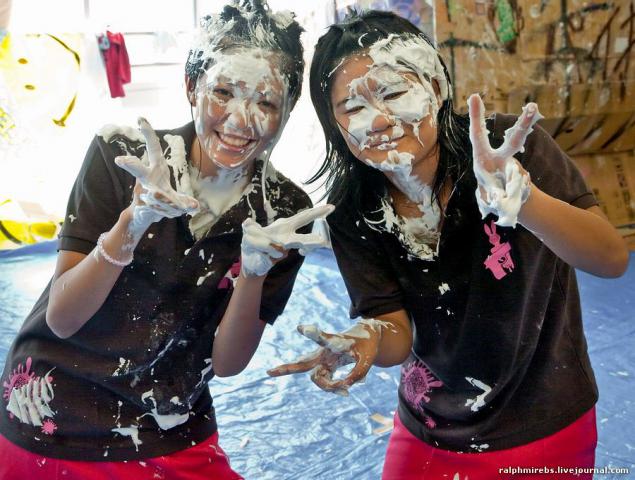
24
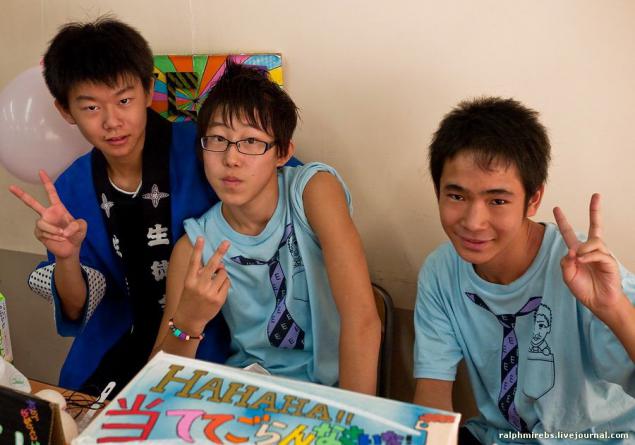
25

26
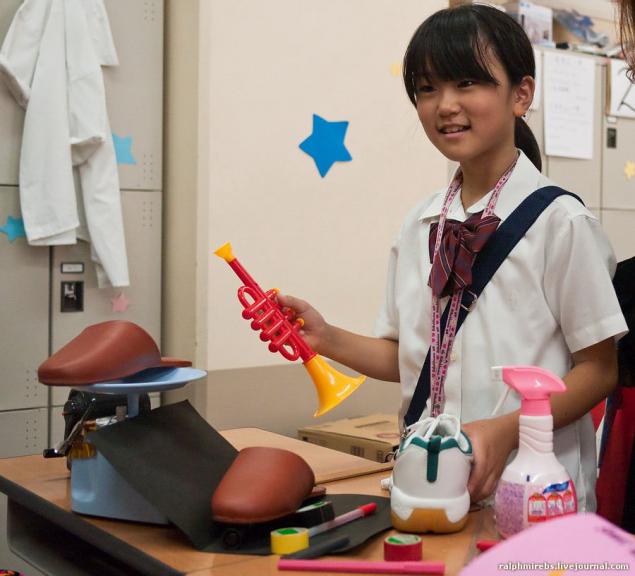
27
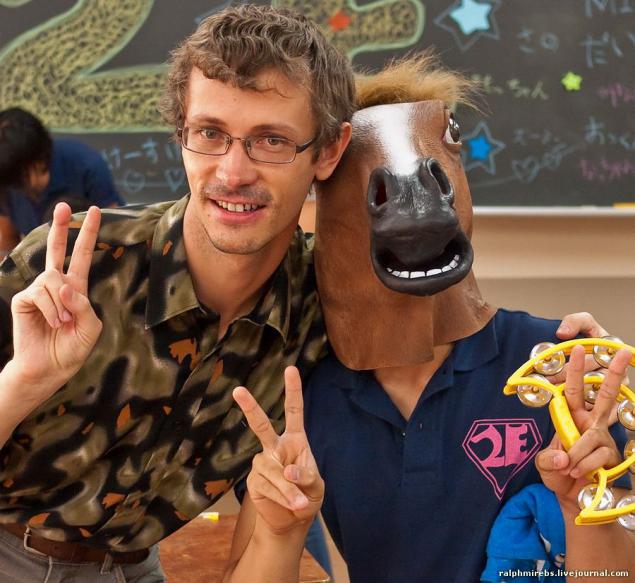
28
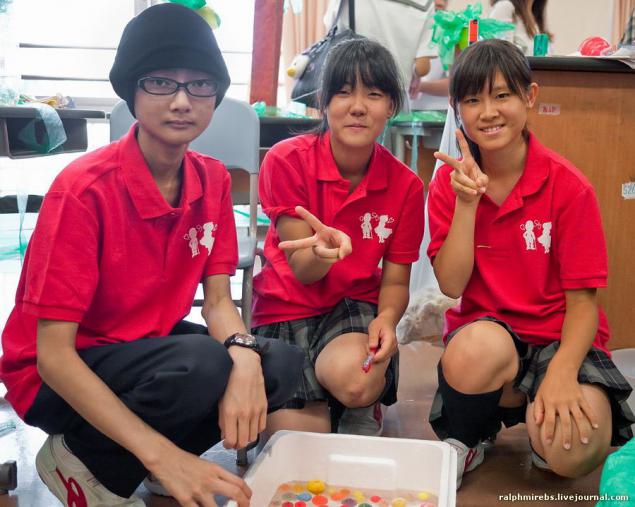
29
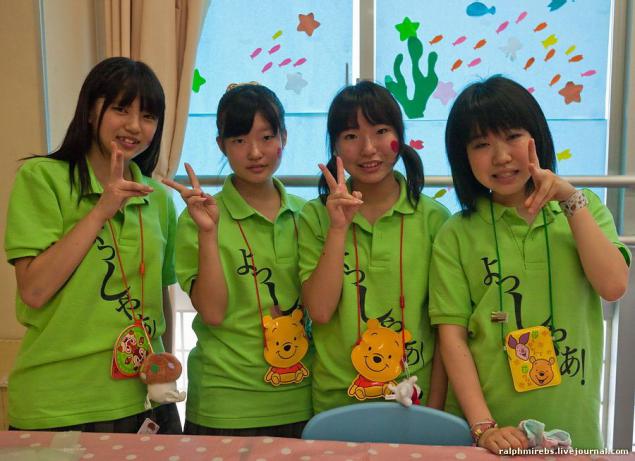
30
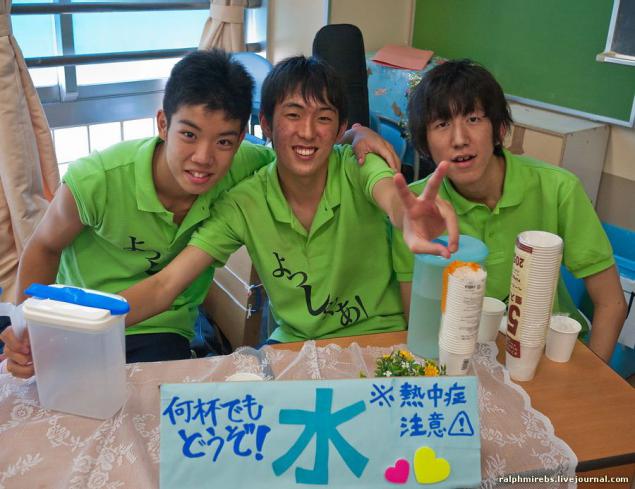
31
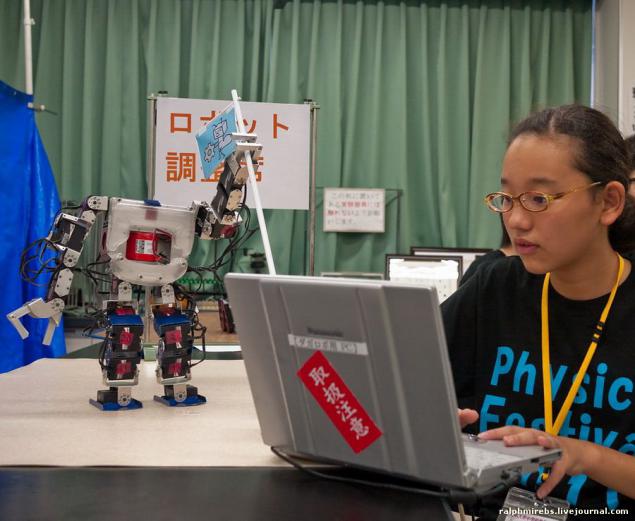
32

33. But this trick will understand only those who live in Japan.
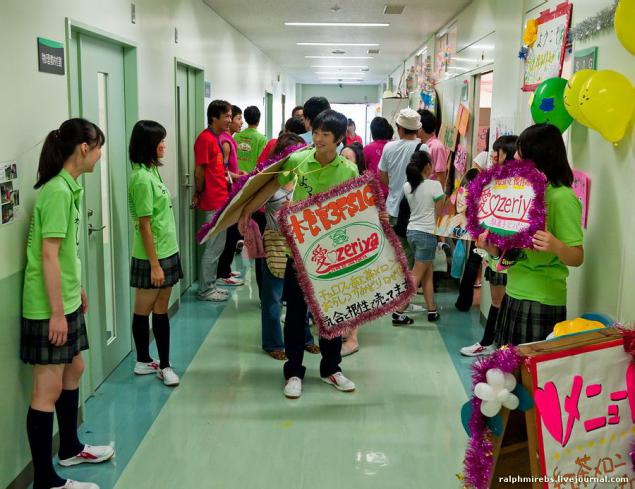
34
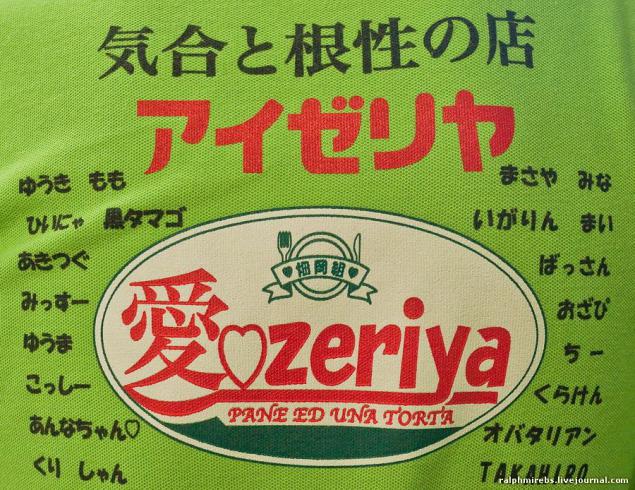
Source:
34 photos
1. For those who are not really the topic of Japanese schools need some introduction. In Japan, there are three types of schools - elementary school, middle school and high school. In elementary schools, learn the six years since the seven in the middle and older by three years. Thus, a complete school course is 12 years old, not 11 as in Russia. Moreover, if Russian students from the first to the last class are in the same building, that in Japan the younger, middle and high school are different institutions, though sometimes the middle and senior combined.

2. The obligatory one is a junior and middle - in older are only those who are going to do in the future in High Schools, all high schools paid. So as schools are divided into municipal and private. Private expensive but richer. The school where I went, there was a school (middle and senior) Japanese universities - already familiar to me because last year I was already there. At first I wanted to go directly to the members of the student council, but they looked very busy, doing the distribution of pamphlets at the entrance, so that the choice fell on two students the first year of high school, sitting peacefully in front of the the class-Pirate maze. Several school interiors.

3.

4.

5. With younger students, I did not talk because of their absence, but the main difference from the average elementary school are:
- In elementary schools, day 3-4 lesson.
- In elementary schools do not have school uniforms, the students go to everyday clothes.
- In elementary schools often do not have air conditioning.
- In elementary schools, in recent times, refuse to isolated rooms, ie rooms do not have walls and are open to the corridor. The reason for such a decision to reduce the number of cases of bullying among students, because they will always be in full view of others.
But back to the middle and high school. The photo below shows a girl with whom I spoke - Naomi Mizuki Tanaka and Kobayashi, and that's what they told me.

6.

7.

8.

9.

10. Artistic circles are not less diverse - music of different styles, robotic, calligraphy, manga, Guo, Chemistry, Biology, ikebana, computer ... I walked around the office in which students presented their work - quite impressive. Here is an example result of the work of manga mug.

11.

12. Among the various schools of the same circles as sports and art competitions are often held.
During the holidays, the school does not forget about his disciples and to carry out various tours around the country and abroad. Type of trip depends on the class. For example, the first years of high school in July, travel to Nagano, where they spend time with the students of the local school Rinkai. And it's not just otdyhalovka, they learn different crafts - such as weaving baskets, or produce a fan. Students of the second year floating on the lake in a canoe. Tretegodki travel to Kyoto, Nara, or even in New Zealand to practice English, but here is not everything, but only those who express a desire).
After returning from these excursions, each student is required to draw a beautiful wall newspaper with a report about the holiday held that in September will be on display for everyone to see. We can assume this task ihnim to school theme for the festival competitions satisfied only seniors. Here is an example of such newspapers and many photos from a holiday made by the school photographer. Each picture has a number and you can order your photographs. And among the wall newspapers a vote among the audience.

13

14

15

16

17

18

19

20

21

22. High school students as the same ride on school trips, particularly to Australia in December for all summer and into Canada to make progress in English. So is there a tour in April in Japan. Of course, such trips could only afford a rich private school with a high price to pay for his studies. For example, in the illustrated embodiment, the entrance fee is 230,000 yen, and payment for the direct training 441,000 yen a year. In addition, 165,000 goes to the maintenance / purchase of educational equipment and materials for 33,600 books, 22,500 for the library, and so forth. Incidentals. As a result, the first year of training costs about 900,000 yen.
One of the highlights is the extracurricular life of the festival in September, when the school doors open to all comers. In fact this festival is advertising the school, because the autumn pass the entrance exams for those who want to learn it, not the festival, you can get acquainted with all aspects of teaching and learning is life. Details of this event a year ago, I wrote here Autumn Festival in the Japanese school. Now I know that all these competitions only high school students organized the first and second years of study. For the third year in them does not take part, because it is for their graduation, students attend additional training courses and, in general, they are deep in their studies.
High school, as has been said above does not organize competitions, only the finished wall. newspaper or represents some sections and mugs. Moreover, some high schools do not conduct active gaming attractions. For example, in the women's school in Yokohama, a student preparing a musical numbers, theatrical performances and a variety of reports, abstracts of studies, a thread of topics. The results are processed in the form of several wall newspapers, hung in the classroom, and the children were told to everyone, offering to explain themselves. By the way, there schoolgirl first took me on someone's parent.
Preparation for the festival starts with the beginning of the autumn training period and takes about 3 weeks. Students of each class together and decide what they will be represented - from restaurants and room for fear, to "throw a pie in the face." Yes Yes. This year, the students class 1A (first year) organized an attraction in which 50 yen were offered to get them in the face of light paper plate filled with white cream. Well then resist the temptation? Here are the results of my "work" - all schoolgirls happy and no one was hurt.

23. In the preparation of the following working groups of the structure - the chief, his deputy and officials (mixed from different classes).
- Executive Committee (chairman of the board of pupils and his deputy)
- Group general management
- Group on the exposure
- Group for the production of pamphlets, leaflets and posters.
- A group of street stalls and tents
- Party catering
- Group for the preparation of sites for performances
This year, the preparation of the festival, not counting the "field workers" engaged 46 people, and in the last 47.
The school allocates money for the organization of up to 30,000 yen per class (+ makes the T-shirts), and if you want more students to invest their own. Funds are used to purchase paints, paper, and other props. Prizes also bring from home - small toys, pens, lastki, books, jewelry, DVD ... This year, I won a lot of useful things - beautiful diary 1990 of release with drawing kittens, fur headphones on cold weather, the model of the US aircraft carrier, dinosaur Keychain and a soft pillow with a figure of dogs. The truth is all the prizes higher categories - I scored a lot of points in the competitions in shooting and guessing. )
Generally, in Japanese schools a great deal left to solve the students themselves, as they are taught to adulthood. One of the inventions of this nature is a student council - seytokay. It consists mainly of high school students, and the first and second year. Students of the third year of leaving office due to the fact that the year of graduation. So as the board consists of high school students of all years.
The council, in addition to the head and deputy head, head of the working groups are included, his deputy, and, again, the officials.
Those who wish to work in the council, put forward their candidatures, which are selected by a vote among the students throughout the school, but the head of the student council is chosen after a speech in front of students and teachers. In his speech, the candidates have to show why they want to become the head of what they would do took office.
I believe that the role of the student council, we stopped in a next time and maybe touch on some aspects of the educational process, and until, finally some photos from this year's festival.

24

25

26

27

28

29

30

31

32

33. But this trick will understand only those who live in Japan.

34

Source:

